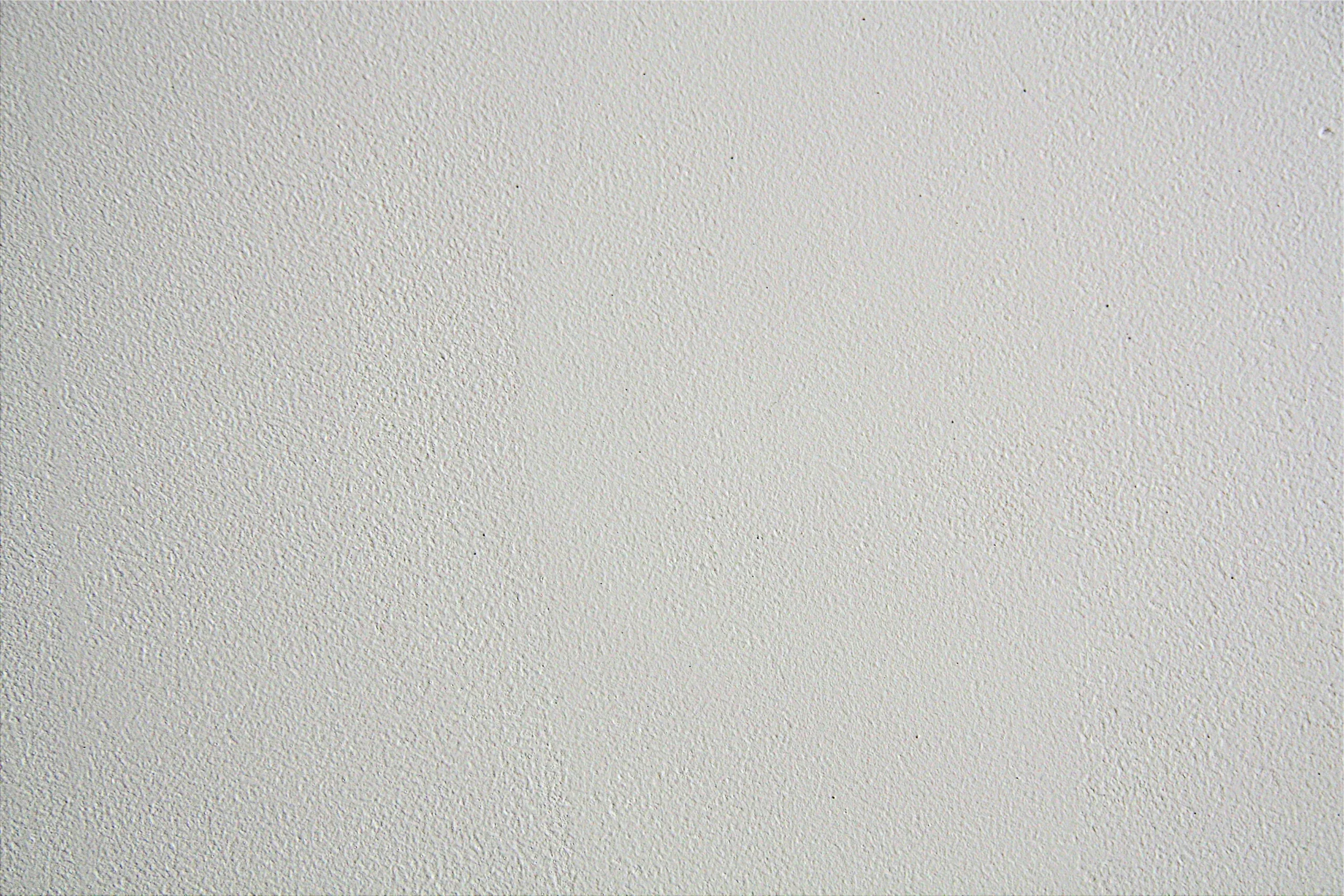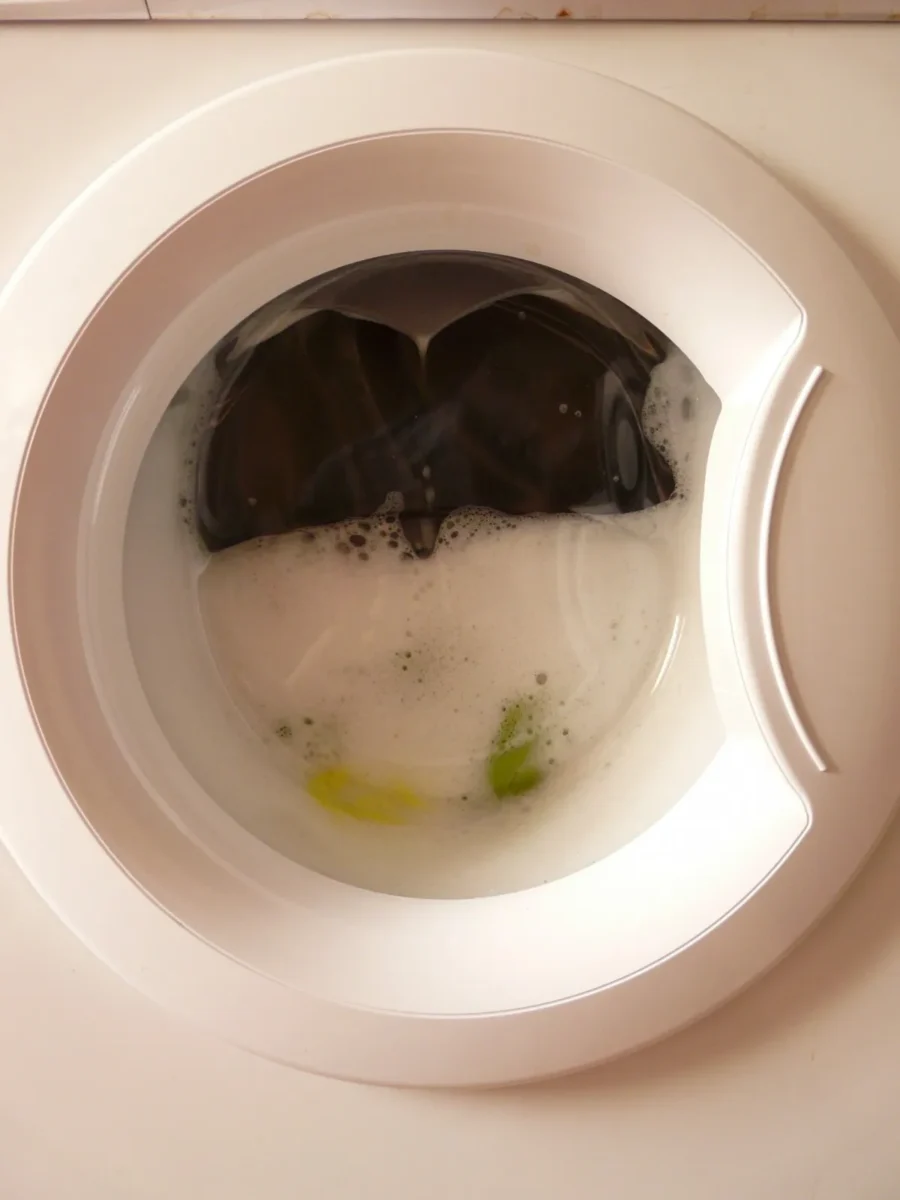Your Guide to Choosing the Best White Paint for Interior Walls: Tips and Recommendations for a Fresh and Elegant Look
Are you looking for the best white paint to give your interior walls a fresh and elegant look? Look no further! In this article, we’ll guide you through everything you need to know about choosing the perfect white paint for your walls.
From understanding the different types of white paint to considering crucial factors such as lighting and finish, we’ve got you covered. We’ll also provide you with our top recommended white paint brands, and offer some handy tips for applying white paint to achieve the best results.
And that’s not all! We’ll also share some advice on maintaining and cleaning your white painted walls for a long-lasting finish. So, whether you’re a seasoned handyman or just starting out, read on to discover all the secrets of choosing and applying the best white paint for interior walls.

Understanding the different types of white paints.
You’re a handyman who’s good at fixing things, but when it comes to choosing the best white paint for your interior walls, you may feel overwhelmed by the sheer number of options available. However, understanding the different types of white paint can help you make an informed decision that will result in a beautiful and long-lasting finish.
First off, there are warm whites and cool whites. Warm whites have yellow or red undertones and can create a cozy atmosphere in rooms with little natural light. On the other hand, cool whites have blue or green undertones and work well in spaces with lots of natural light as they reflect more light than warm whites.
Next up are matte vs glossy finishes. Matte finishes provide a smooth look that hides imperfections on walls while also absorbing light instead of reflecting it back into space like glossy finishes do which makes them perfect for rooms where low levels of lighting is desired such as bedrooms or libraries.
Finally there’s traditional vs eco-friendly paints – Traditional Paints contain solvents which release volatile organic compounds (VOC) whereas eco-friendly paints use water-based formulas without any harmful chemicals making them better suited for people with allergies/sensitivities to VOCs.
In conclusion: taking these factors into consideration along with personal preference will enable you choose from among all those different types so if ever faced again then be sure to know what suits your needs best!
Factors to consider when choosing the best white paint for interior walls include.
When it comes to choosing the best white paint for your interior walls, there are a few key factors you should consider. As a handyman who is skilled at fixing things around the house, you know that selecting the right paint can make all the difference in achieving a flawless finish.
First and foremost, consider the sheen of your chosen white paint. You have several options to choose from including matte, eggshell, satin and gloss finishes – each offering different levels of shine and durability. Matte finishes tend to absorb light rather than reflect it making them great for hiding imperfections on walls while glossy paints offer more durability but also show every flaw.
Next up is color temperature (yes even with white!). Whites can range from warm creamy tones with undertones like red or yellow which will exude warmth in space; cool whites with blue or green undertones that give off cooler vibe; neutral whites which sit somewhere between these two extremes providing balance without overwhelming any particular element in room décor.
Another important factor when selecting interior wall paints includes their coverage ability: some brands require multiple coats before they achieve full coverage whereas others may only require one coat giving better value overall as well as saving time
Lastly always read reviews online before making final decision on what brand/type works best based upon previous users’ experiences- this gives insight into whether any particular product lives up to its claims (or not).
The top recommended white paint brands and their features are recommended.
If you’re a handyman who is skilled at fixing things, you know the importance of choosing the right paint for your interior walls. And when it comes to white paint, there are numerous options available in the market. To help simplify your decision-making process, here are some recommended white paint brands and their features that can make all the difference.
First up is Benjamin Moore’s Simply White – a classic shade that has been used by designers for years. This brand offers excellent coverage with just two coats and has great durability against wear and tear.
Next on our list is Sherwin-Williams Pure White – an ultra-bright shade that reflects light beautifully throughout any room it’s applied in. It also boasts low VOCs (volatile organic compounds) making it environmentally friendly.
Behr’s Ultra Pure White is another top-performing option with its advanced stain-blocking technology preventing stains from penetrating through to other layers of coating underneath.
Finally, Farrow & Ball’s All White provides an elegant finish thanks to its unique blend of pigments which creates subtle tonal differences between each coat – perfect if you’re looking for something more refined than plain old white!
In conclusion, these recommended brands have different features but they all offer high-quality results when painting interior walls with white color schemes. So take your pick according to what suits your needs best!
Tips for applying white paint to achieve the best results.
When it comes to painting interior walls, white paint is a classic and timeless choice. However, achieving the perfect finish can be tricky. Here are some tips for applying white paint to achieve the best results.
Firstly, ensure that your walls are clean and dry before starting to paint. Any dirt or grime on the surface will affect how well the paint adheres and could lead to an uneven finish.
Next, consider using a primer before applying your chosen shade of white. This will help create a smooth base for your topcoat of paint and improve its overall durability.
When it comes time to apply your first coat of white paint, use long strokes in one direction rather than short back-and-forth strokes which can leave brush marks behind. Be sure not to overload your brush with too much pain as this can result in drips or splatters.
After allowing time for each coat of paint to fully dry (as per manufacturer’s instructions), give each layer a light sanding with fine-grit sandpaper before adding another coat. This helps create an even smoother surface ready for subsequent coats.
Finally, once you have applied all required coats of white indoor wallpaint , step back from the wall and check carefully for any missed areas or uneven spots that may need touching up.
With these tips in mind,you’ll be ableto confidently tackle any painting project involvingwhite indoor wallpaintand achieve professional-looking results every time!
Maintaining and cleaning white-painted walls for a long-lasting finish.
Maintaining and cleaning white painted walls for a long-lasting finish can seem daunting, but with the right techniques and products, it’s easy to keep your walls looking pristine. As a handyman who is good at fixing things, you know the importance of taking care of your home’s interior surfaces.
Firstly, choosing the best white paint for interior walls is crucial in maintaining their cleanliness. Opting for paints with durable finishes like eggshell or semi-gloss can make cleaning easier as these finishes are less likely to absorb stains or scratches.
When it comes to cleaning white painted walls, start by dusting them regularly using a soft cloth or vacuum cleaner attachment. This will prevent dirt from building up on the surface which can be difficult to remove later on.
For tougher stains like fingerprints or scuff marks, use warm water mixed with mild soap and gently scrub using a sponge. Avoid abrasive cleaners that can damage your wall’s finish.
In case of stubborn stains that won’t come off easily such as crayon marks from children drawing on your wall; try using baking soda paste applied over affected area an then leave overnight before wiping off in circular motions next day morning
Finally apply wax-free furniture polish sparingly over entire surface once every few months – this will help protect against future staining while giving an additional shine that’ll complement any decor scheme!
With these simple tips in mind and regular maintenance efforts put into place- you’ll have clean bright-white interiors without much fuss!
Conclusion
Choosing the best white paint for interior walls can be a daunting task, but by understanding and researching the different types of paints available, along with their features and benefits you can make an informed decision. Follow our tips when applying the paint to ensure perfect results every time. With regular maintenance and cleaning your white painted walls will retain their luxurious look for years to come! So what are you waiting for? Get painting today!















